Compatibility
This lens comes in many different mounts and compatibility differs between mounts.
If you want to use this lens on a mirrorless camera you should choose Minolta SR or Canon FD because they are cheaper.
If you want to use it on a Canon DSLR you will have to buy a copy with Nikon’s F, Contax/Yashica or Olympus OM mount because there are adapters for these mounts which will allow you to retain infinity focus.
Alternatives
There are many Macro lenses to choose from. In the 90-105mm range their widest aperture ranges from f/2 to f/4 and
If you want a cheaper lens which does 1:1 natively you could look for a Panagor/Vivitar 2.8/90. Their performance at f/2.8 won’t be as good but tey are cheaper and stopped down the differences will be small.
If you want a faster lens your only options are the Olympus Om Zuiko 90mm f/2.0 Macro (around 700€ used) or the Zeiss Makro-Planar 2/100 (around 1000€ used, $1700 new). But are great performers but both display significant amounts of color fringing in out-of-focus areas.
Almost any major camera company had a 4/100 macro lens with a maximal reproduction ratio of 1:2. From first hand experience I know the Minolta MD 4/100 which I used before I got the Bokina. Optically it is a good and it is lighter. But the focusing ring is too stiff for my liking and the trow at non-macro distances too short.
Then there is the Leica Apo-Macro-Elmarit-R 1:2,8/100 for around 1200€ used which is better corrected for color fringing in out-of-focus areas. The same can be said about the Voigtländer APO Macro 2.5/125 which is even more expensive but it does 1:1 without a spacer. For a discussion of the last three lenses see .
Then there are many modern lenses, Canikon both have a stabilized 2.8/100 macro and as do Tamron and Sigma. The Sigma 2.8/105 OS ist the most interesting in my opinion because when paired with the Sony LA-EA4 will give you great optical performance plus AF and image stabilization.
I think the Tokina is one of the most attractive options because it offers great performance, is fully manual and fast enough to also be used as a portrait lens.
Build Quality, Design, and Sample Variation
Build quality is mediocre at best. The lens is two aluminum tubes joined by a helicoid. Machining was kept to a minimum, in order to keep the original price lower than first-party lenses.
With the exception of the bayonet mount, the lens is all aluminum. I’m not sure if the mount is stainless, nickel, or some other metal. I do not believe that it is nickel-plated brass.
There are half stops between the marked apertures, except between f/16 and f/22.
All of the numbers and text on the lens have been engraved and then painted.
There is over 900 degrees of travel in the focus ring. Precise focusing is easy. Even moderate changes in focus distance means cranking on the focus ring.
Unfortunately, on my copy of the lens, the grease in the helicoid has begun to dry out. The aperture ring feels inconsistent in resistance. Regreasing the helicoid would help, but I don’t know how to disassemble the lens.
Magnification is done through lens extension. Newer lenses can have more complex optical designs which do not require as much lens extension.
Focus at infinity my Nikon F mount version is 10.8cm (4.25″) tall. At 1:1 the lens is 19.7cm (7.75″) tall. Modern macro lenses are designed with floating elements that do not need as much extension to achieve 1:1 magnification.
If you intend to adapt the lens to a mirrorless body, make sure to support the lens when it is fully extended. The easiest way would be an adapter with a tripod collar built-in.
Conclusion
The Vivitar 90mm f/2.8 is my favorite vintage macro lens I have had the chance to review. I prefer manual focus macro lenses so the lack of a focus motor is a plus for me.
I would recommend avoiding the first generation of autofocus macro lenses. The AF motors are slow, loud, and the lenses are larger than they need to be.
A lens that provides comparable image quality to the Vivitar will cost hundreds more. For that extra money you are likely to get autofocus, a better build quality, and better image quality wide open.
For more information on macro, check out the Beginner’s Guide to Macro Photography.
Vivitar vmc macro Series 1 90 mm 1:2.5 и подшипниковая фабрика
Хороший, по параметрам, объектив.Фокусное портретника 90 мм, светлый f/2.5.Имеет режим макро 1:2 с экстендером 1:1.Бренд немного подкачал, но он из золотой эры вивитаров.У этого внутри что то сломалось, что то с приводом диафрагмы.Ну и нон-аи в аи переделать не мешает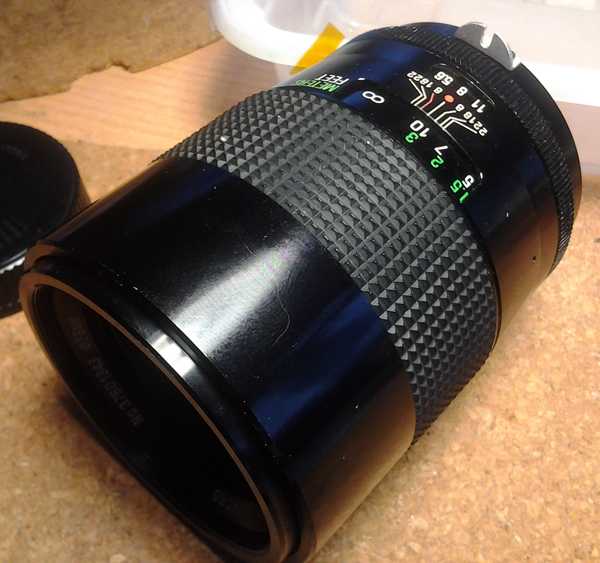 если уши без отверстий, это нон аиобъектив цеплять на современную зеркалку не нужно
если уши без отверстий, это нон аиобъектив цеплять на современную зеркалку не нужно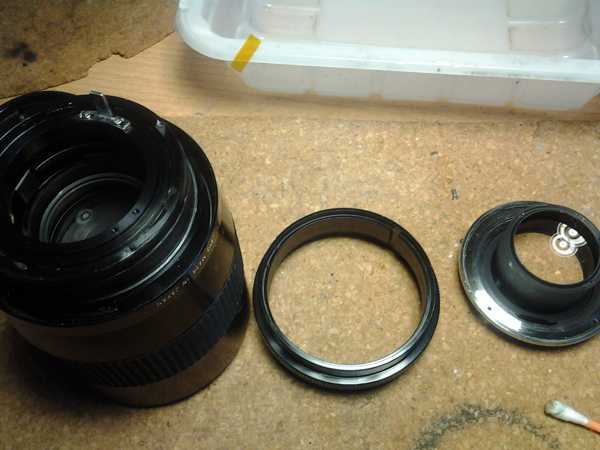 снял байонет вместе с линзой и кольцо диафрагмы
снял байонет вместе с линзой и кольцо диафрагмы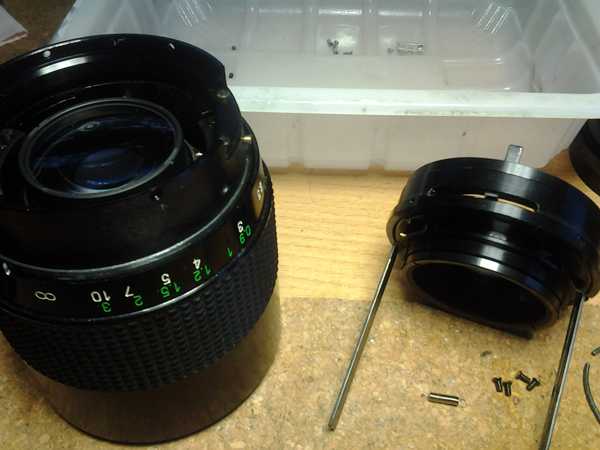 по периметру откручиваю 4 винта и вынимаю узел управления диафрагмой
по периметру откручиваю 4 винта и вынимаю узел управления диафрагмой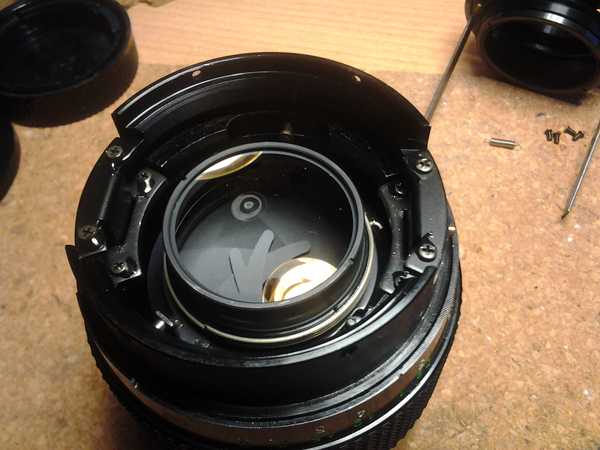 далее все в хорошем состоянии, не трогаю
далее все в хорошем состоянии, не трогаю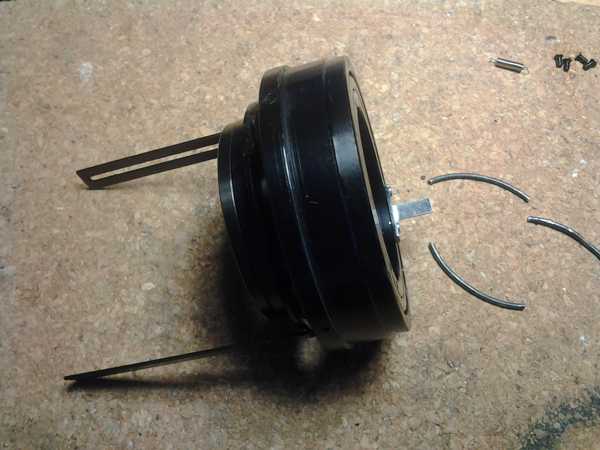 из объектива вывалились кусочки проволокия то знаю, что этовот только откуда?
из объектива вывалились кусочки проволокия то знаю, что этовот только откуда?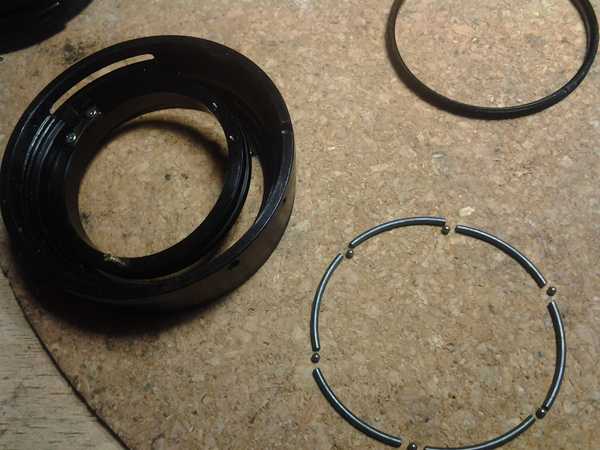 откручиваю стопорное кольцо подшипника и обнаруживаю все части на местезначит выпали лишние
откручиваю стопорное кольцо подшипника и обнаруживаю все части на местезначит выпали лишние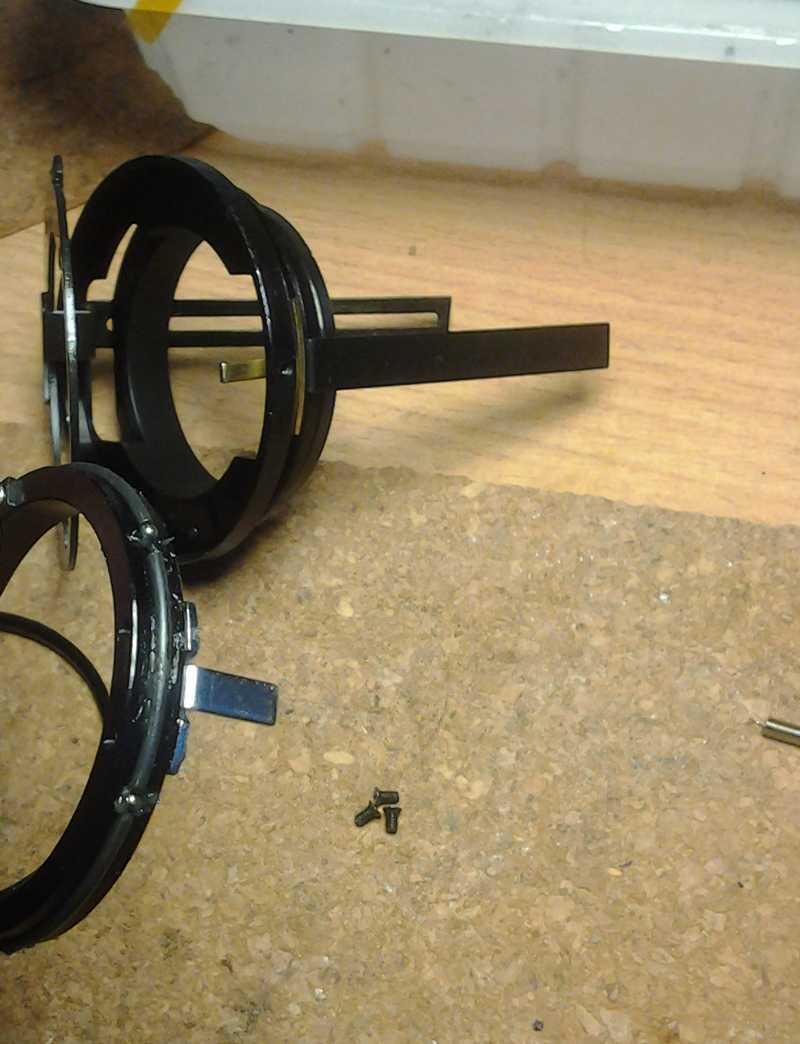 в паз кольца приклеиваю на смазку шарики и дуги иначе подшипник не собратьплохо в этом то, что после сборки смазку нужно вымыть, кольцо должно бегать по сухим шарикамтогда диафрагма не будет тупить, диафрагма становится вялой даже просто от грязи, которая накапливается в пошипнике со временем
в паз кольца приклеиваю на смазку шарики и дуги иначе подшипник не собратьплохо в этом то, что после сборки смазку нужно вымыть, кольцо должно бегать по сухим шарикамтогда диафрагма не будет тупить, диафрагма становится вялой даже просто от грязи, которая накапливается в пошипнике со временем не дают покоя лишние деталиодна проволочка погнулась, видно застряла при фокусировкена фото видно стопорное кольцо, которое прижимает кольцо с поводкомНеужели второй подшипник?
не дают покоя лишние деталиодна проволочка погнулась, видно застряла при фокусировкена фото видно стопорное кольцо, которое прижимает кольцо с поводкомНеужели второй подшипник?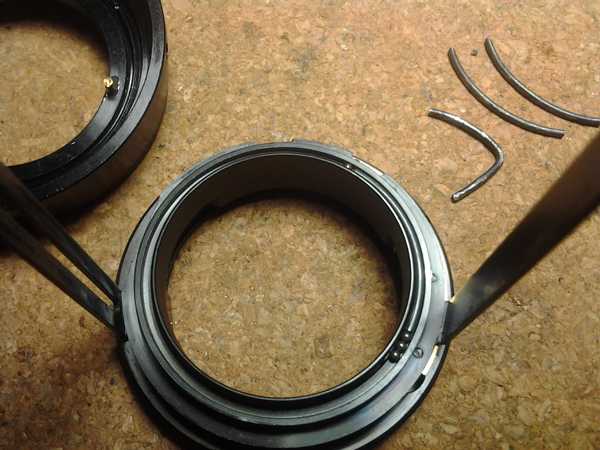 статус — кво восстановлено, всё вывалилось отсюдапричём шарики не пролезли в щельщель оразовалась из за того, что стопорное кольцо со временем открутилось
статус — кво восстановлено, всё вывалилось отсюдапричём шарики не пролезли в щельщель оразовалась из за того, что стопорное кольцо со временем открутилось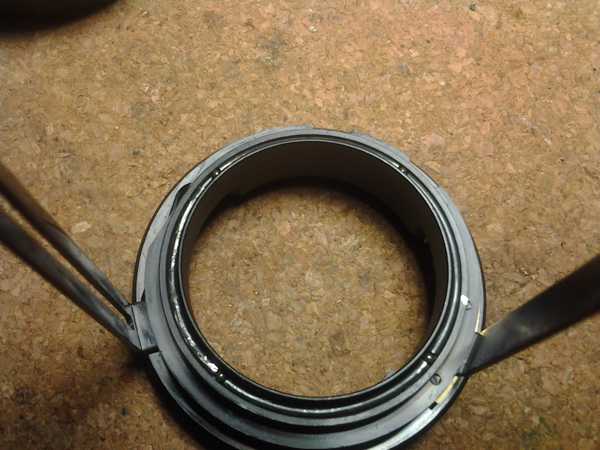 этот подшипник собирается проще
этот подшипник собирается проще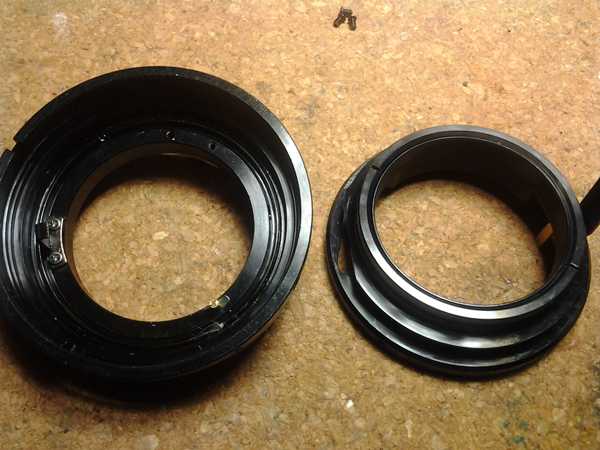 это два узла с пошипниками, их нужно помыть в бензинепотом закрутить стопорные кольца до степени свободного вращения поводковкольца не зажимаются, иначе подшипник вращаться не будетпотом капнуть в щели на резьбу стопорных колец резьбовой герметик, иначе кольца скоро открутятся и подшипники рассыпятся.это слабое место в конструкции, но если работает 30 лет, можно простить
это два узла с пошипниками, их нужно помыть в бензинепотом закрутить стопорные кольца до степени свободного вращения поводковкольца не зажимаются, иначе подшипник вращаться не будетпотом капнуть в щели на резьбу стопорных колец резьбовой герметик, иначе кольца скоро открутятся и подшипники рассыпятся.это слабое место в конструкции, но если работает 30 лет, можно простить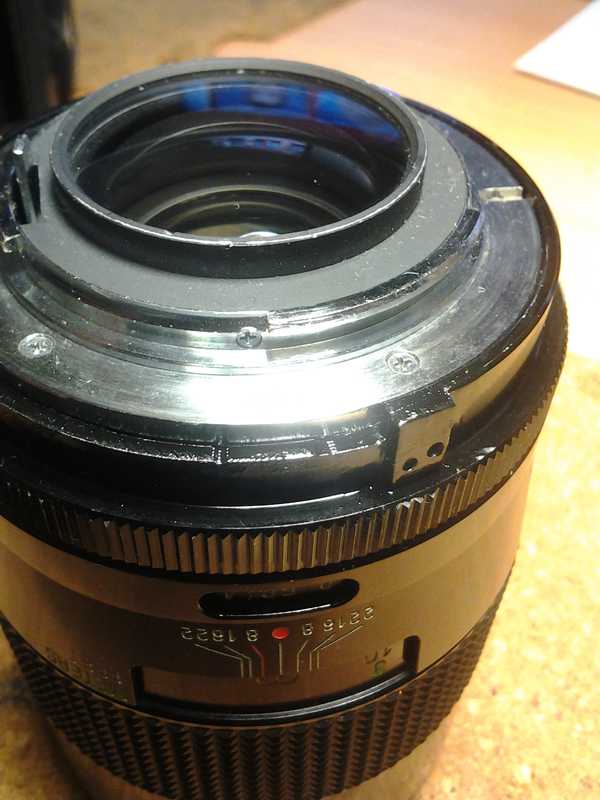 при переделке в AI пришлось кроме срезки бортика нарастить ограничительна камере поводок проскальзывалкак переделать нон — аи в аи написано много и везде, я не останавливаюсь на этомпара тестов на мире сравнил с micro nikkor 105 2.8 AF D
при переделке в AI пришлось кроме срезки бортика нарастить ограничительна камере поводок проскальзывалкак переделать нон — аи в аи написано много и везде, я не останавливаюсь на этомпара тестов на мире сравнил с micro nikkor 105 2.8 AF D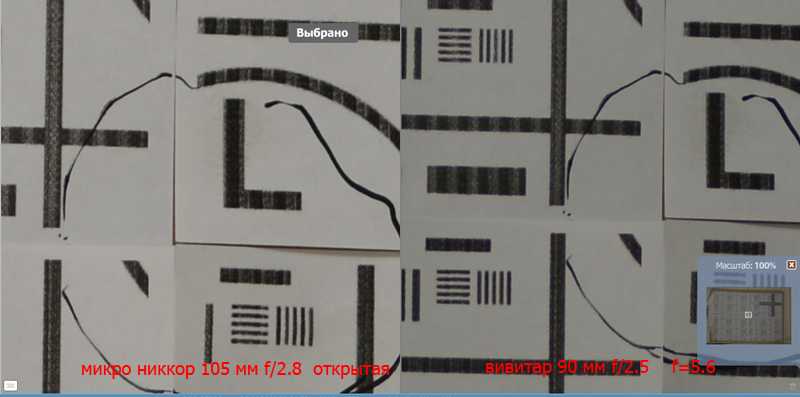
 вивитар уступает никкору, уступает даже на f/5.6, когда у никкора открытаяно никкор настоящий макро и, как портретник он плохойвивитар не особо макро, но может оказаться хороший портретникя портреты не снималУспехов в фотографии
вивитар уступает никкору, уступает даже на f/5.6, когда у никкора открытаяно никкор настоящий макро и, как портретник он плохойвивитар не особо макро, но может оказаться хороший портретникя портреты не снималУспехов в фотографии
[url=https://lens-club.ru/articles/item/c_167.html]Vivitar vmc macro Series 1 90 mm 1:2.5 и подшипниковая фабрика
Комментарии:3.
2.
1.
Извините, но комментарии могут добавлять только авторизованные пользователи
Lens Specs
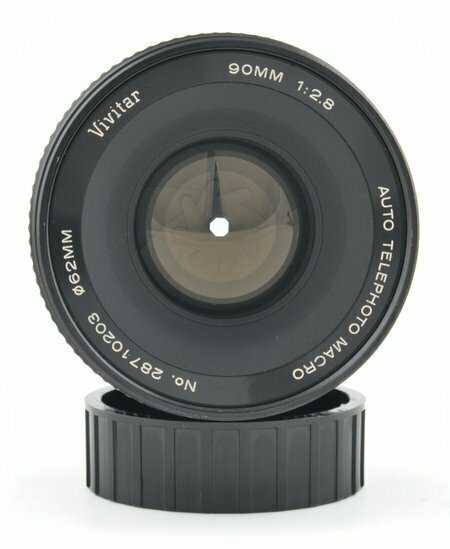 Vivitar 90mm Aperture Blades
Vivitar 90mm Aperture Blades
| Manufacturer | Komine |
| Made in | Japan |
| Year Released | 19?? |
| Original Price | $???.?? |
| Version | Vivitar |
| Elements Groups | 6 ele. 4 gr. |
| Focal Length | 90 mm |
| Aperture | f/2.8-22 |
| # Aperture Blades | 8 |
| Focus Type | Manual |
| Hard Infinity Stop | Yes |
| Magnification | 1:1 |
| Minimum Focus Distance | 35 cm (13.75”) |
| Working Distance | 12.7cm (5″) |
| Filter Threads | 62 mm |
| Weight | 480g (17oz) |
| Dimensions | ⌀70 mm x 105 mm (2.75″ x 4.15″) |
Serial Number
Vivitar serial numbers beginning with 28 designate lenses manufactured by Komine. Check out Camera Quest’s page on Vivitar lenses for the other manufacturers.
Accessories
The manual lists front and rear lens caps as the only accessories included with a new lens.
Lens Versions
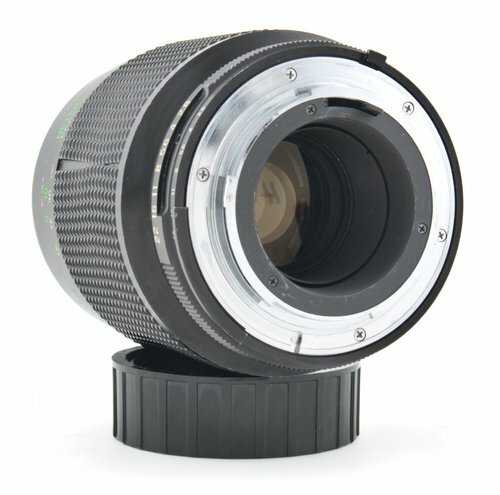 Vivitar 90mm f/2.8 Lens Mount
Vivitar 90mm f/2.8 Lens Mount
The lens can be found with the following mounts:
- Olympus OM
- Pentax K
- Pentax M42
- Nikon Ai F
- Nikon Non-Ai F
- Canon FD
- Minolta SR (MC & MD)
- Konica AR
You can also find the same lens branded as a Panagor or Elicar. These brands are more likely to be found in Europe.
The Vivitar Series 1 90 mm f/2.5 macro lens was made by Tokina. You might also find the Vivitar Series 1 lens branded as an Elicar.
Adapting to a Digital Camera
As long as you use a mirrorless digital camera, you should be able to find an adapter that will allow you to take photos with the a copy of the Vivitar 90 mm lens.
Lenses with a Nikon F-mount or Pentax K-mount will be the easiest to adapt. Both are bayonet style lens mounts with long flange distances compared to other film SLR lens mounts.
Adapters are available for cameras made by Sony, Nikon, Leica, Panasonic, Olympus, and Fujifilm.
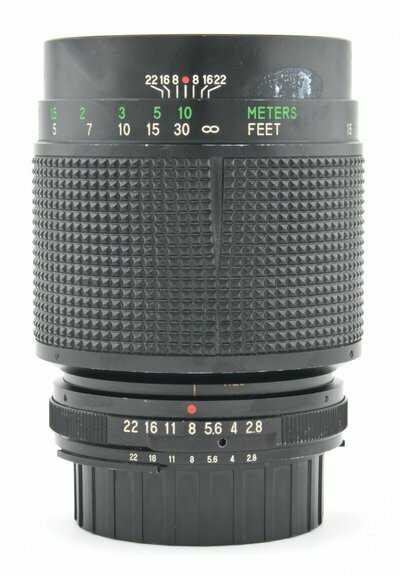 Vivitar 90mm Macro Lens Focus Ring
Vivitar 90mm Macro Lens Focus Ring
Usage & Working Distance
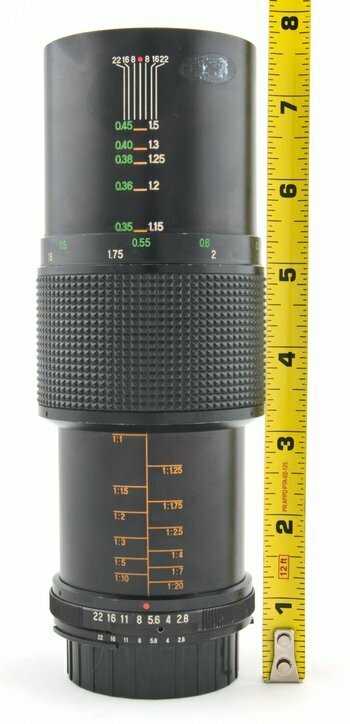 Vivitar 90mm f/2.8 Lens Extension
Vivitar 90mm f/2.8 Lens Extension
At 12.7cm (5″), the working distance for the Vivitar 90mm f/2.8 macro is 2.7cm longer than the Tamron 90mm f/2.8 SP Di. It also is only a couple cm shorter than the 105mm macro lenses I have tested.
I was using the lens on a Nikon D750 and was impressed with the photo quality. For macro, I set the magnification I want and move the camera to focus. I also shoot still life so I don’t have to worry about my subjects moving.
For those of you shoot insects or small animals, the focus ring could be an issue. If you use the focus ring to focus, it is slow because of the amount of rotation needed. If you focus by moving the camera, there won’t be any problems.
The lens is about 100g (3.5oz) lighter than 105mm alternatives. That makes this is a good lens to walk around and work with.
Images Samples in high resolution
See this flickr set for a few more full resolution images.

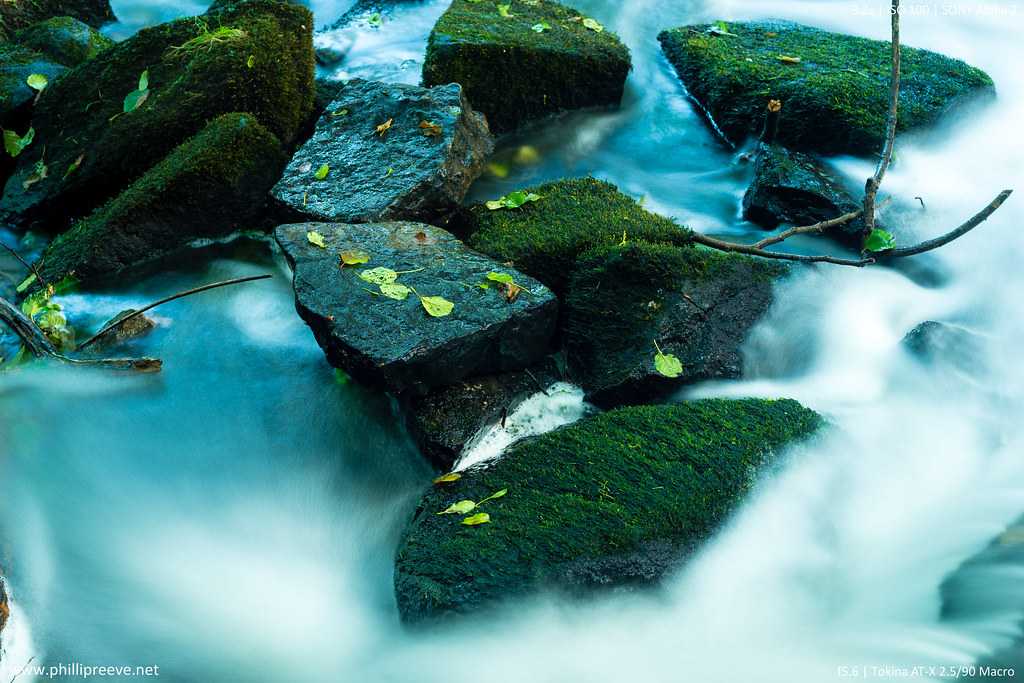 it doesn’t get any sharper than this
it doesn’t get any sharper than this
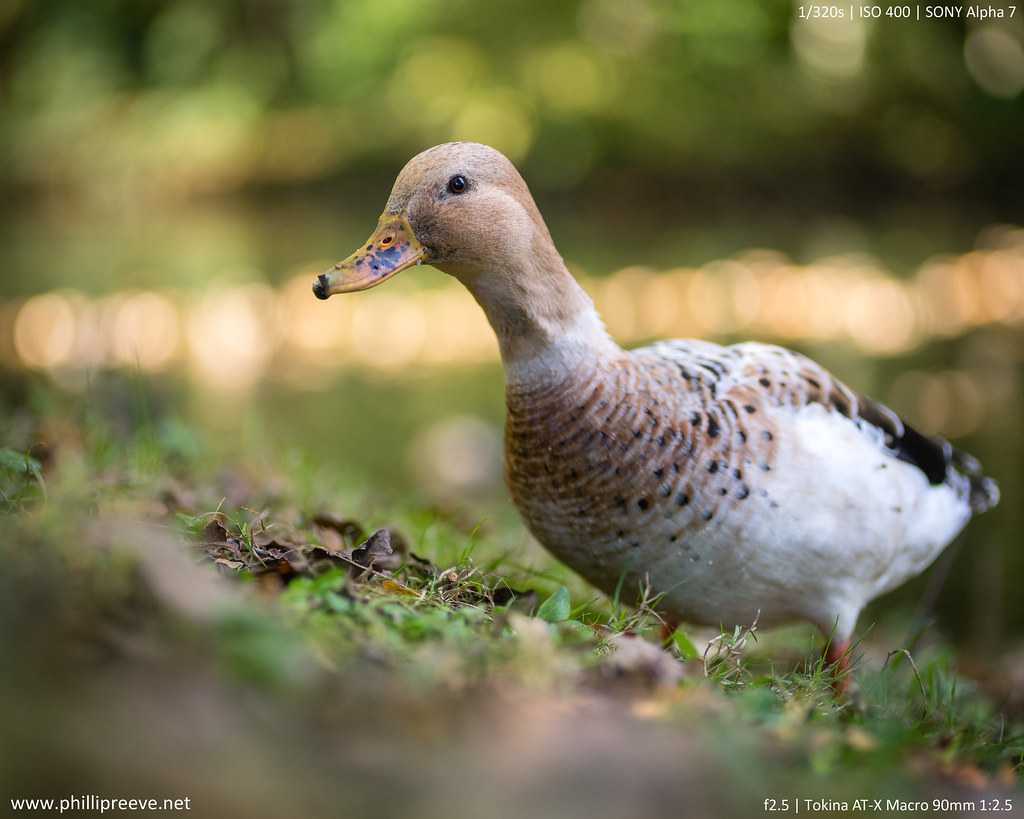 obligatory duck shot
obligatory duck shot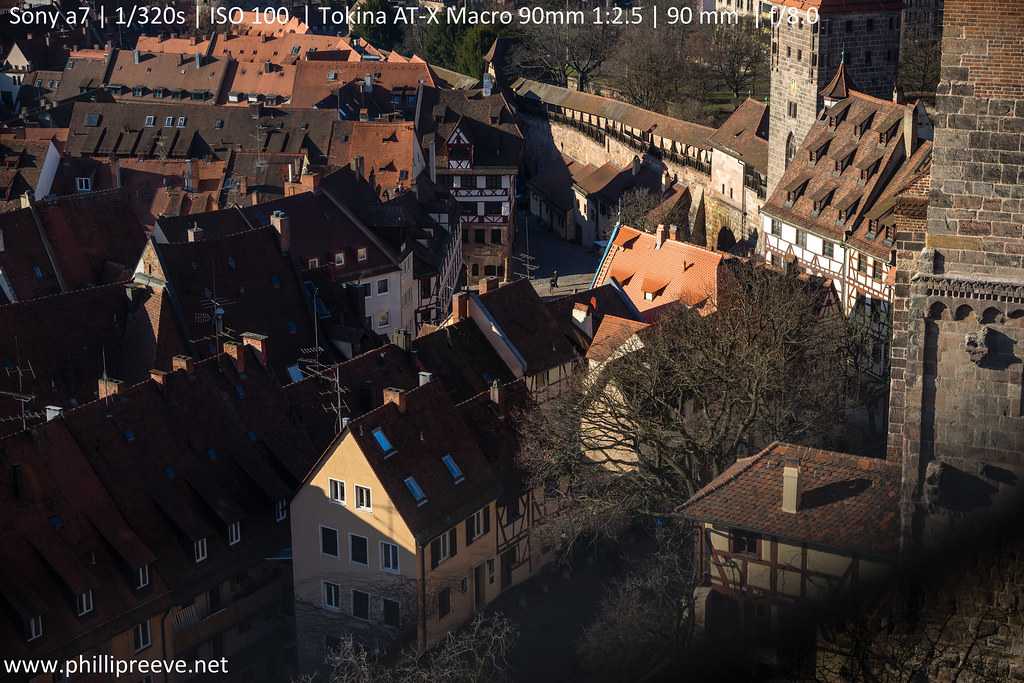 great infinity performance
great infinity performance
 at greater reproduction ratios the performance it still very good
at greater reproduction ratios the performance it still very good
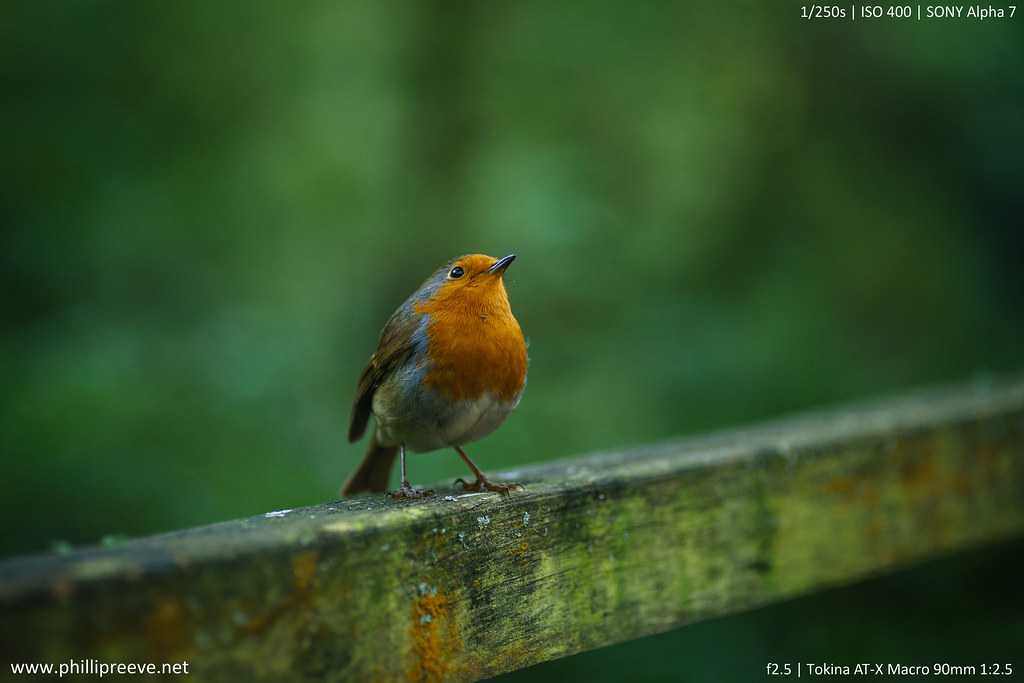
Further Reading
If you are interested in manual lenses you might want to check out my Minolta MC 1.2/58 or Canon FD 4/300 L review.
My Novoflex Adapter review might be interesting to you as well.
Finally the How I create Images – Part 2: Working with the Sony a7 is quite popular.
The following two tabs change content below.
I have two hobbies: Photography and photographic gear. Both are related only to a small degree.
Latest posts by Phillip Reeve
- Review: Samyang AF 75/1.8 FE — April 12, 2021
- The FE-List now has 113 lenses on it — March 25, 2021
- Announced: Voigtlander 35mm F2 Apo-Lanthar — February 15, 2021






























